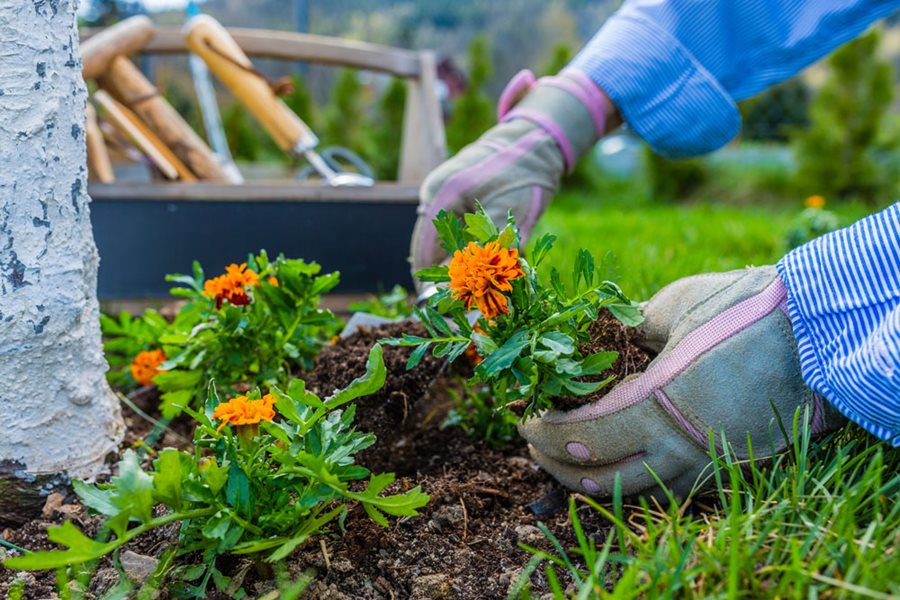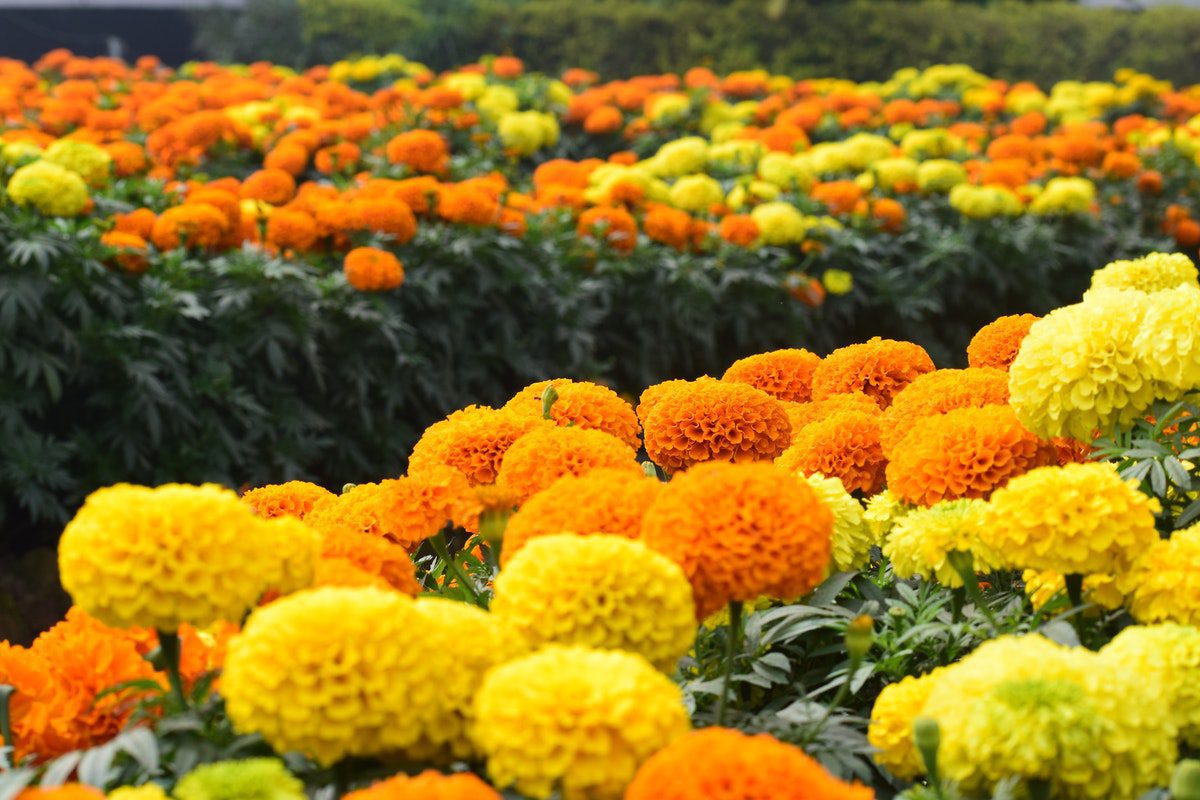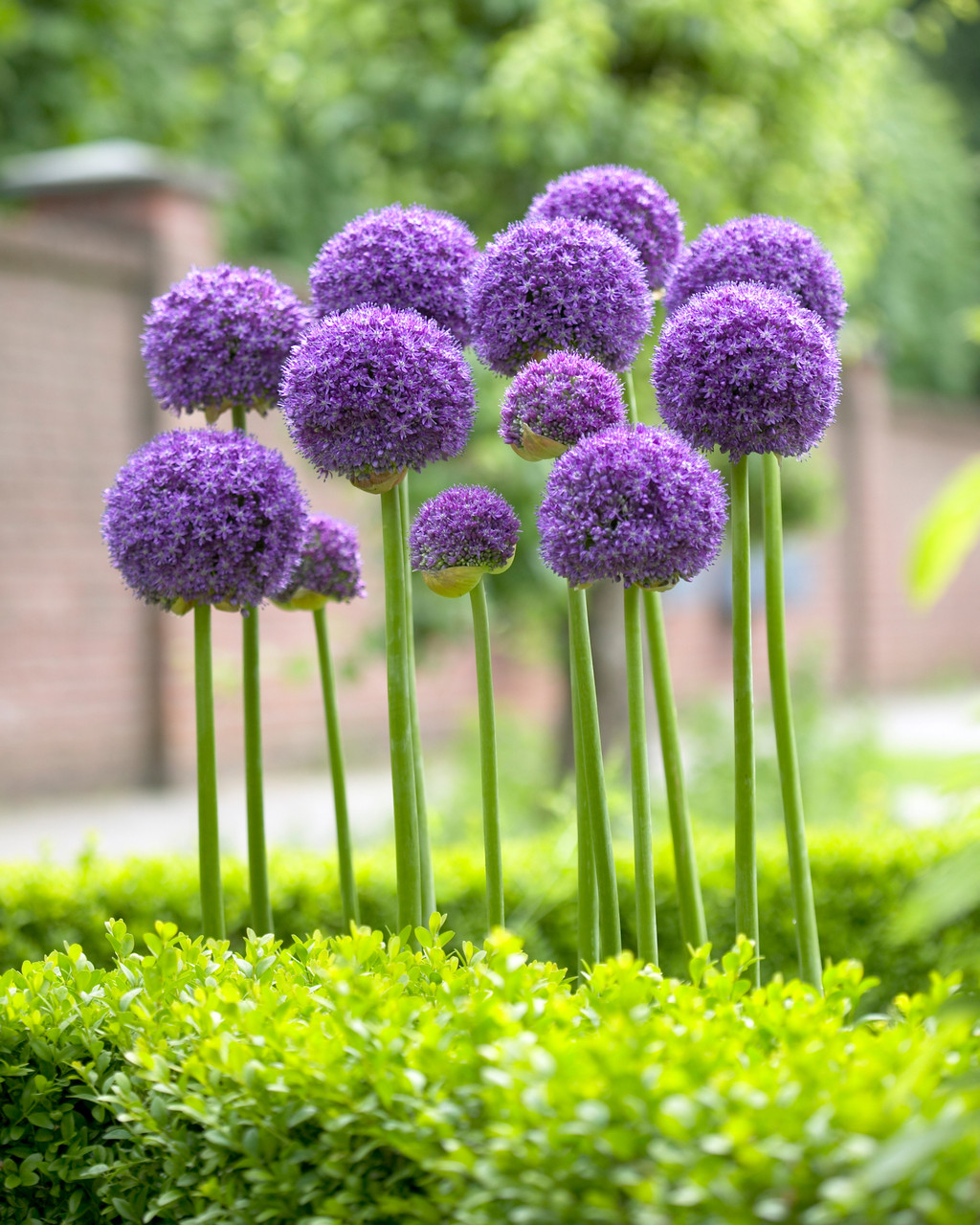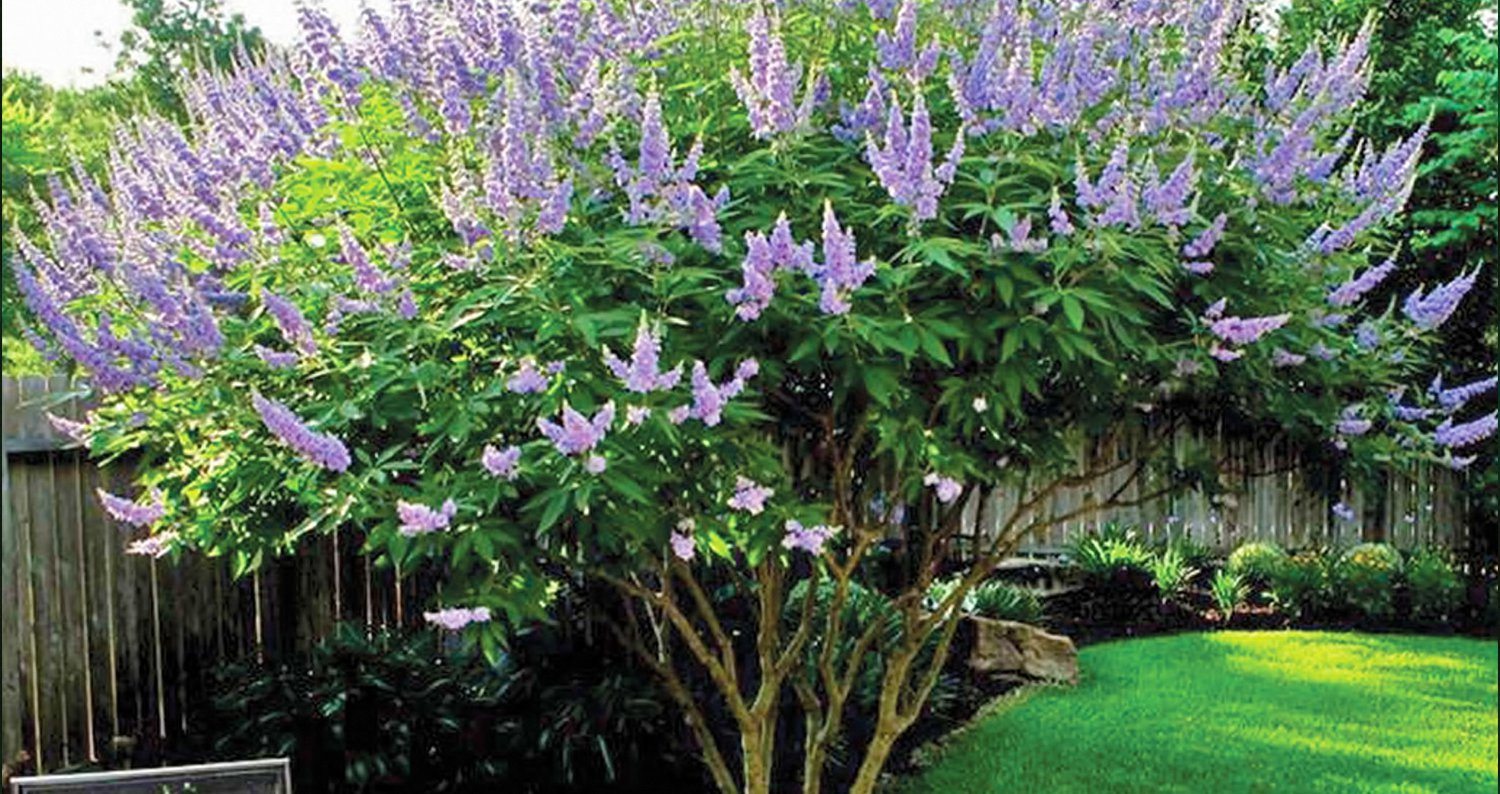In the realm of garden aesthetics, few flowers rival the timeless elegance of a pink rose in full bloom. If you’ve been enchanted by the idea of nurturing a pink rose bush in your garden, you’re in for a delightful journey. With the right care and expert tips, you can cultivate a breathtaking display of pink petals that will be the envy of the neighborhood. Let’s dive into the essential guide on how to care for your pink rose bush and unlock the secrets to a thriving, blooming beauty.

Choosing the Right Variety:
Before you embark on your rose-growing adventure, it’s crucial to select the right variety of pink roses for your garden. Different varieties have unique characteristics, such as size, fragrance, and bloom time. Consider factors like climate, soil type, and sunlight availability to choose a variety that thrives in your specific conditions. Popular pink rose varieties include the classic ‘Pink Perfection,’ the vibrant ‘Pink Knock Out,’ and the fragrant ‘Queen Elizabeth.’
Planting Your Pink Rose Bush:
Once you’ve chosen the perfect variety, it’s time to plant your pink rose bush. Select a sunny location with well-draining soil enriched with organic matter. Dig a hole that accommodates the roots comfortably, ensuring the graft union (the bulging part of the stem near the base) is at least two inches below the soil surface. Water the plant thoroughly after planting to help settle the soil and eliminate air pockets.
Watering and Moisture Management:
Proper watering is essential for the health of your pink rose bush. Roses generally prefer deep, infrequent watering to encourage deep root growth. Water at the base of the plant to keep the foliage dry and prevent diseases. During hot summer months, increase watering frequency, and consider mulching around the base of the bush to retain soil moisture. Be mindful not to overwater, as this can lead to root rot and other issues.

Feeding Your Roses:
To promote robust growth and abundant blooms, feed your pink rose bush regularly. Use a balanced, water-soluble fertilizer formulated for roses, applying it according to the package instructions. Begin fertilizing in early spring as new growth appears and continue through the growing season. Additionally, consider supplementing with a slow-release fertilizer to provide a steady nutrient supply over an extended period.
Pruning for Shape and Health:
Pruning is a vital aspect of pink rose bush care, contributing to both the plant’s shape and overall health. Prune in late winter or early spring before new growth emerges. Remove dead, diseased, or crossing branches to improve air circulation and reduce the risk of pests and diseases. Shape the bush by cutting back about one-third of the plant’s height, encouraging a compact and bushy form. Don’t forget to deadhead spent blooms regularly to promote continuous flowering.
Pest and Disease Management:
Keeping an eye out for common pests and diseases is crucial in maintaining a healthy pink rose bush. Aphids, spider mites, and powdery mildew are common challenges. Regularly inspect the leaves and buds for signs of trouble, and treat promptly if necessary. Natural remedies, such as neem oil or insecticidal soap, can be effective in managing pests without harming beneficial insects.
Winter Care:
Preparing your pink rose bush for winter is essential to ensure its survival and thriving return in the spring. Mulch around the base of the plant to insulate the roots and protect them from extreme temperature fluctuations. Stop fertilizing in late summer to allow the plant to gradually enter a dormant state. Prune lightly in late fall to remove any dead or diseased wood, but save major pruning for the spring.

Conclusion:
Caring for your pink rose bush requires a combination of knowledge, dedication, and a touch of gardening passion. With the expert tips provided in this guide, you’re well-equipped to nurture a flourishing pink rose bush that will be the highlight of your garden. Remember, each rose tells a story, and with the right care, your pink blooms will paint a picture of beauty that lasts for seasons to come. Happy gardening!



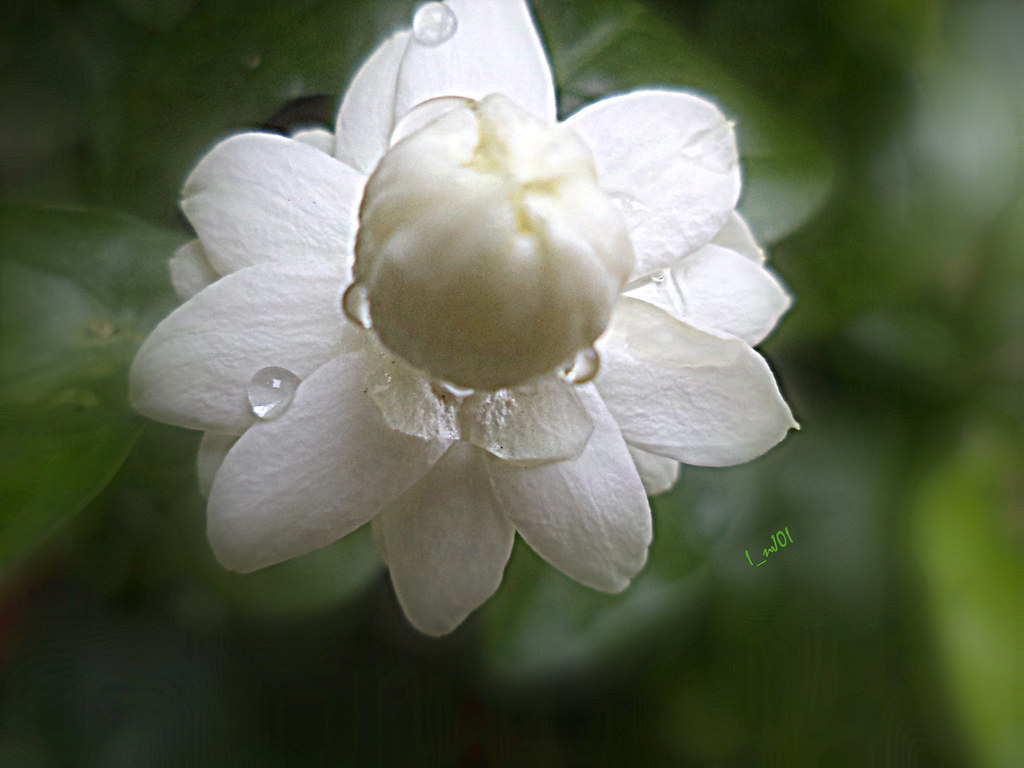





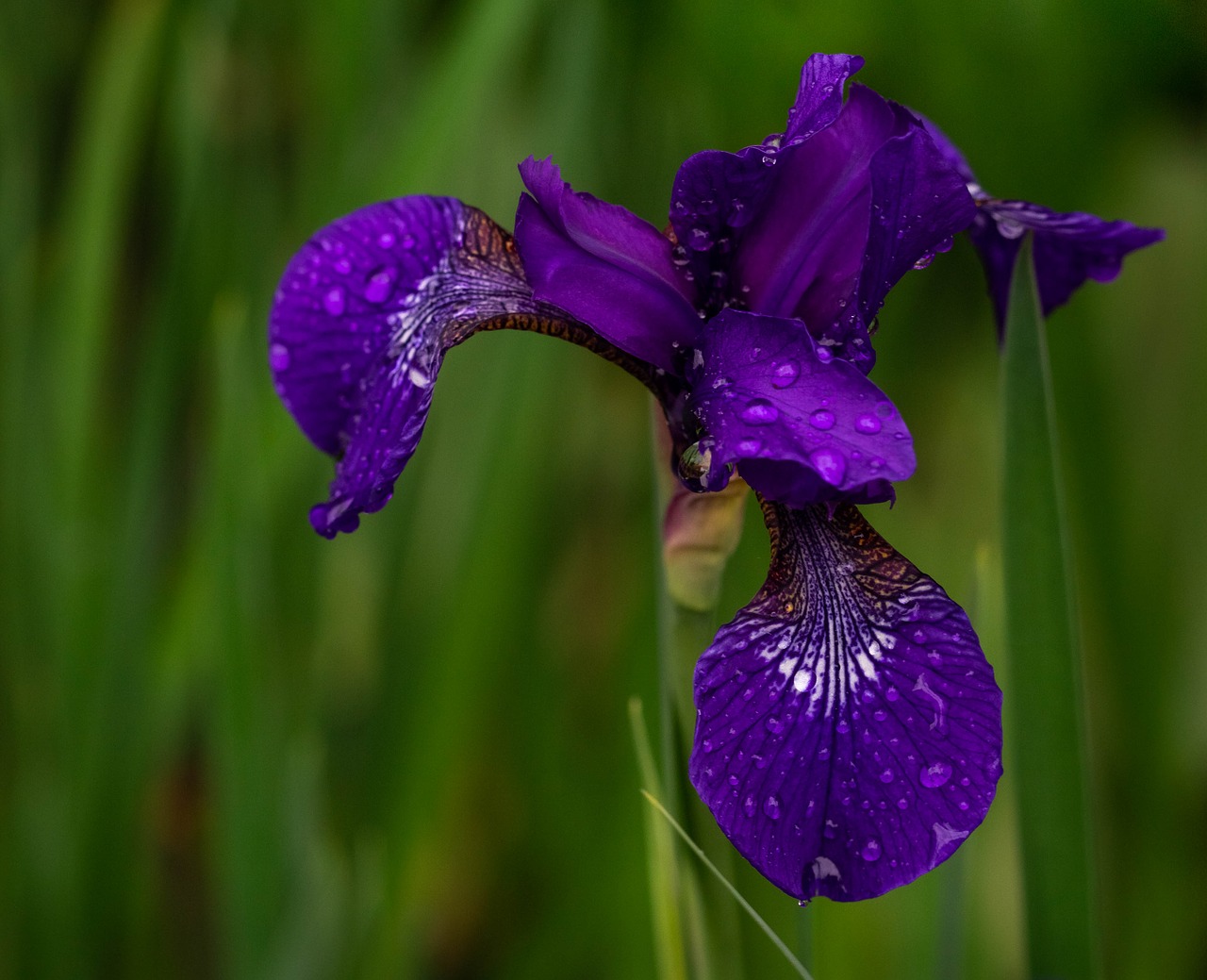

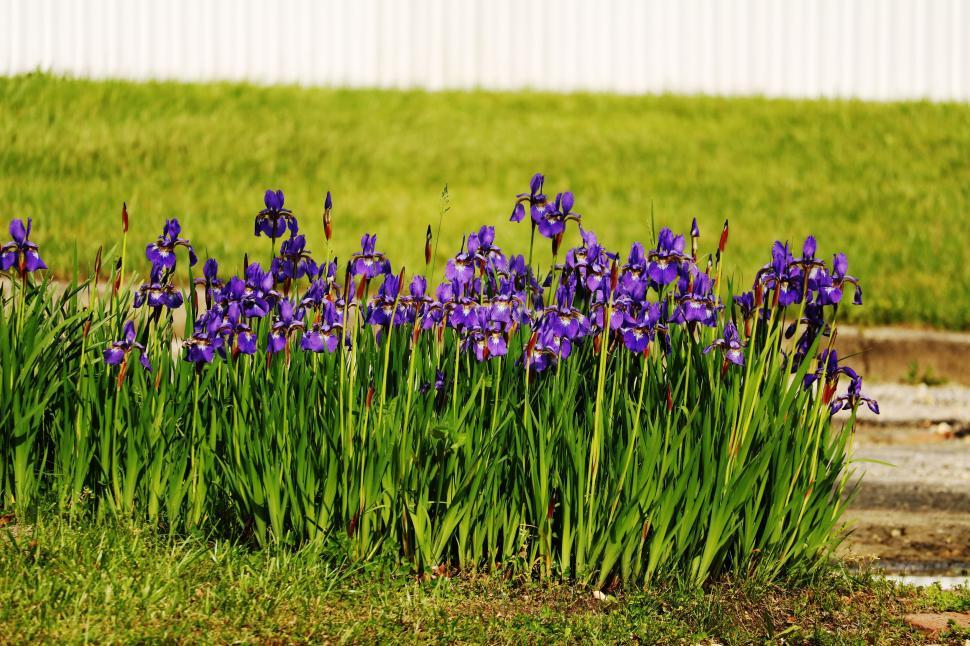

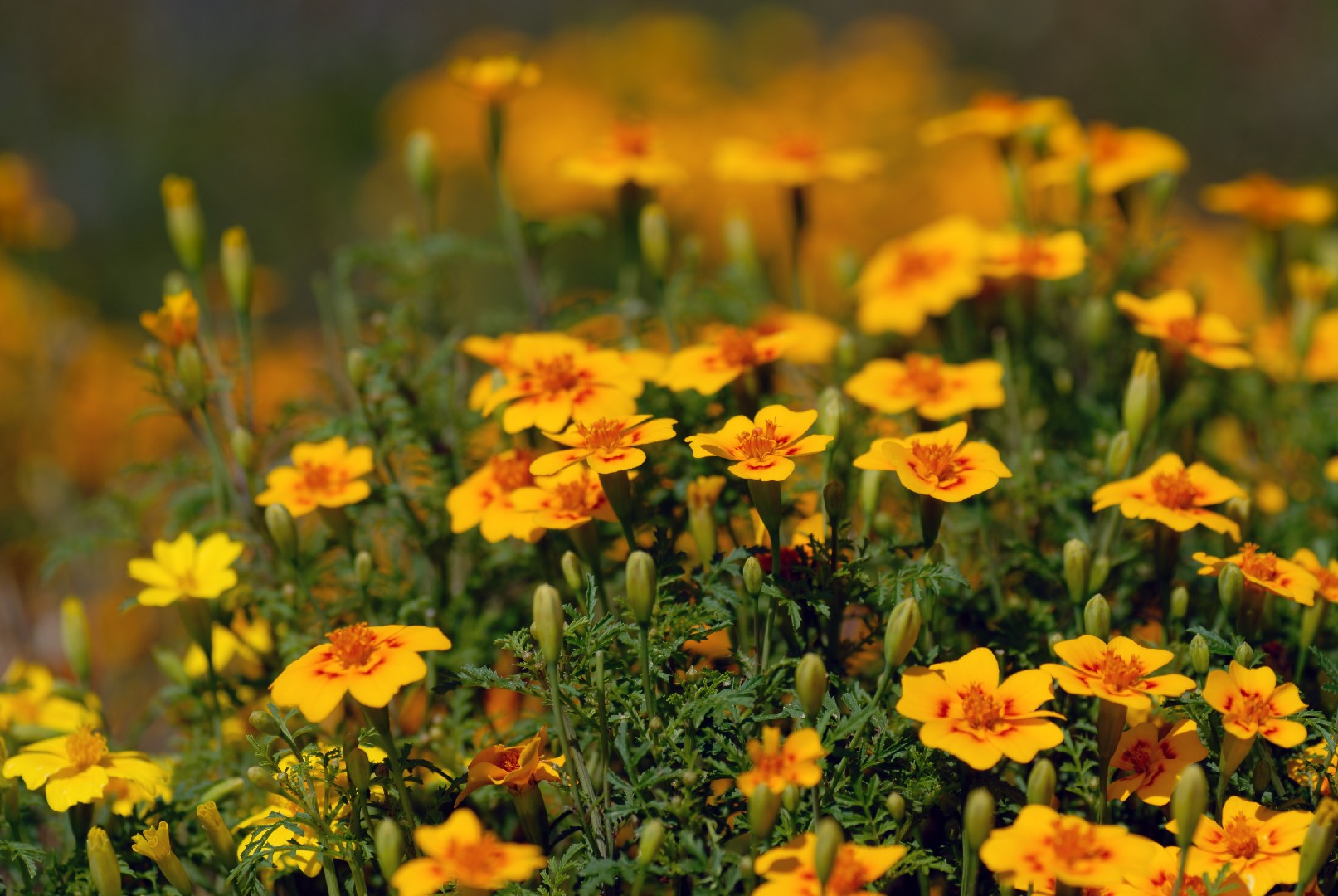
/how-to-plant-marigold-seeds-7371595_Hero1-d814c4e770a542f89d28e49ee3498956.jpg)
